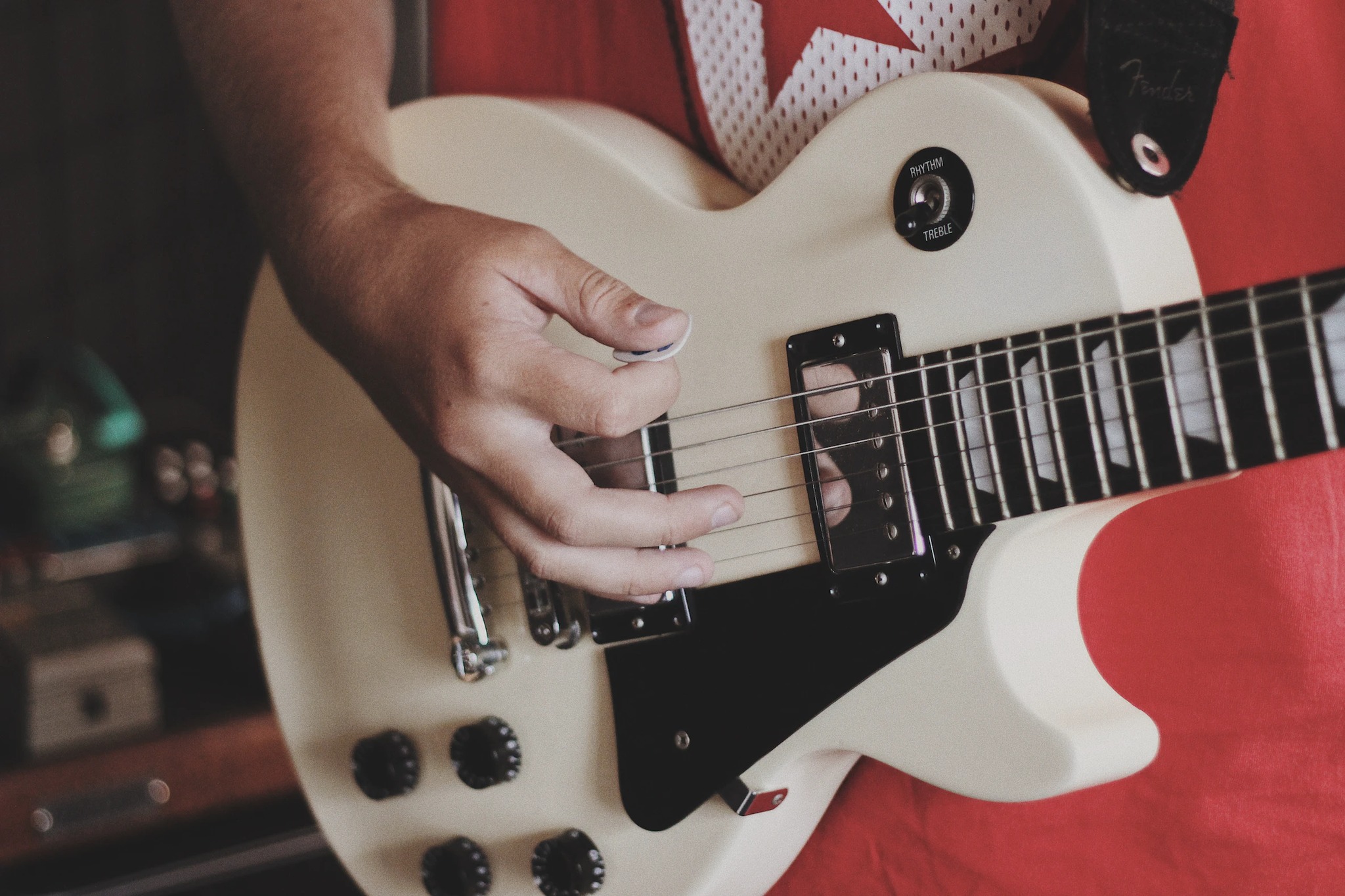
Chord Shapes
Mastering alternative chord shapes
Chord shapes. Mastering alternative chord shapes and inversions is a game-changer for guitarists seeking to elevate their lead playing. While scales are crucial for building a strong foundation, delving into diverse chord shapes can add depth and nuance to your solos. Here’s a comprehensive guide to understanding and incorporating these shapes into your playing for a significant boost in your lead guitar skills.
- Expanded Tonality: Alternative chord shapes introduce new tonal possibilities, breaking away from the familiar patterns of basic chord forms. By exploring different voicings, you open up avenues for creating unique sounds that can enhance the expressiveness of your solos.
- Chord Inversions Defined: Chord inversions involve rearranging the notes of a chord to create a different order. This technique adds versatility to your playing, enabling smoother transitions between chords and creating interesting melodic movement.
- Triads and Beyond: Start by experimenting with alternative shapes for basic triads. Move beyond the standard major and minor shapes, exploring inversions and extensions. Incorporating suspended, diminished, and augmented triads can infuse your solos with unexpected twists.
- String Set Exploration: Instead of confining yourself to a single set of strings, venture into different parts of the fretboard. Explore inversions on higher or lower strings to discover fresh chord voicings that can be seamlessly integrated into your lead lines.
- Fretboard Mapping: Understand the fretboard thoroughly to effortlessly navigate between chord shapes. This knowledge is pivotal for improvisation and allows you to connect chords and scales seamlessly, enriching your lead playing with a dynamic and fluid quality.
- Voice Leading Techniques: Experiment with voice leading principles to smoothly connect chords and create engaging melodic lines. Understanding the movement of individual voices within chords facilitates a more natural and musical flow in your solos.
- Modal Application: Apply alternative chord shapes within different modal contexts. Experimenting with inversions in various modes can produce unique harmonic textures, adding sophistication and complexity to your lead lines.
- Practice Strategies: Incorporate these shapes into your daily practice routine. Work on transitioning between different chord inversions, gradually increasing the speed and fluidity of your movements.
Interesting Chord Shapes
By taking a break from scales and immersing yourself in alternative chord shapes and inversions, you’ll unlock a treasure trove of creative possibilities for your lead playing. Embrace the challenge, and watch your solos soar to new heights as you infuse them with fresh, unexpected harmonies.
Shake up your lead guitar game
Shake up your lead guitar game by stepping away from the familiar world of scales and injecting your solos with the richness of smart and unconventional chord shapes. While scales are the backbone of lead playing, incorporating inventive chord voicings can add depth, sophistication, and unexpected twists to your sound. Here’s a guide to infusing your leads with fresh harmonic flavors through the use of smart new chord shapes.
- Chordal Arpeggios: Instead of relying solely on scale-based runs, integrate arpeggios derived from unique chord shapes into your leads. These chordal arpeggios add a melodic and harmonic dimension, breaking away from the predictability of scale-based patterns.
- Extended Chords: Explore beyond basic triads and incorporate extended chords into your repertoire. Seventh, ninth, eleventh, and thirteenth chords provide a lush and colorful palette, allowing you to paint your leads with a broader range of tones.
- Chord Fragments: Break down larger chord shapes into smaller fragments or clusters. These condensed chord voicings can be scattered throughout your solos, creating a mosaic of harmonic elements that captivate the listener’s ear.
- Hybrid Picking Techniques: Experiment with hybrid picking to articulate intricate chord shapes in a fluid and dynamic manner. Combining pick and finger techniques adds expressiveness to your playing and allows for more nuanced exploration of unique chordal textures.
- Modal Chord Sequences: Craft chord progressions based on modal interchange. This involves borrowing chords from parallel modes, introducing unexpected harmonic shifts that can spice up your leads with a touch of complexity and intrigue.
- Open String Resonance: Make use of open strings within your chord shapes to enhance resonance and create a fuller sound. This technique can be particularly effective in adding a sense of openness and brightness to your lead lines.
- Unusual Fingerings: Experiment with non-traditional fingerings for common chords. By using alternative finger placements, you can discover fresh voicings that defy convention and bring a modern twist to your lead guitar phrases.
- Chord Embellishments: Sprinkle your leads with chord embellishments, such as hammer-ons, pull-offs, and slides. These techniques add articulation and flair to your chordal passages, elevating them from mere accompaniment to lead-worthy expressions.
- Rhythmic Variations: Play around with rhythmic variations within your chord shapes. Syncopated or offbeat chord hits can inject energy and unpredictability into your solos, creating a more engaging listening experience.
By incorporating smart new chord shapes into your lead playing, you not only break away from the confines of scale-driven predictability but also open the door to a world of fresh sonic possibilities. Embrace the challenge, experiment with different chordal textures, and watch as your leads evolve into captivating and innovative expressions of your musical identity.







